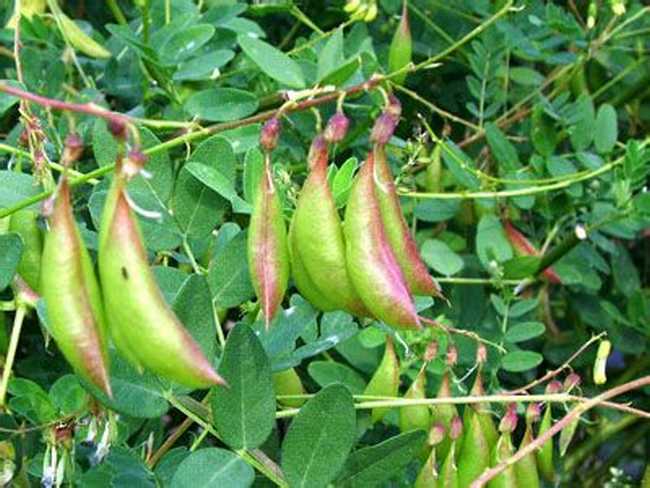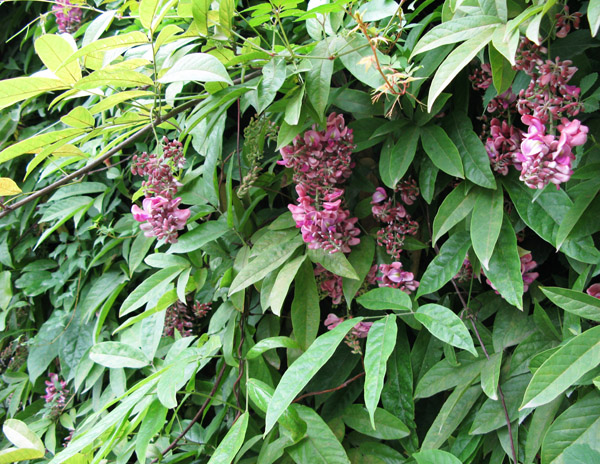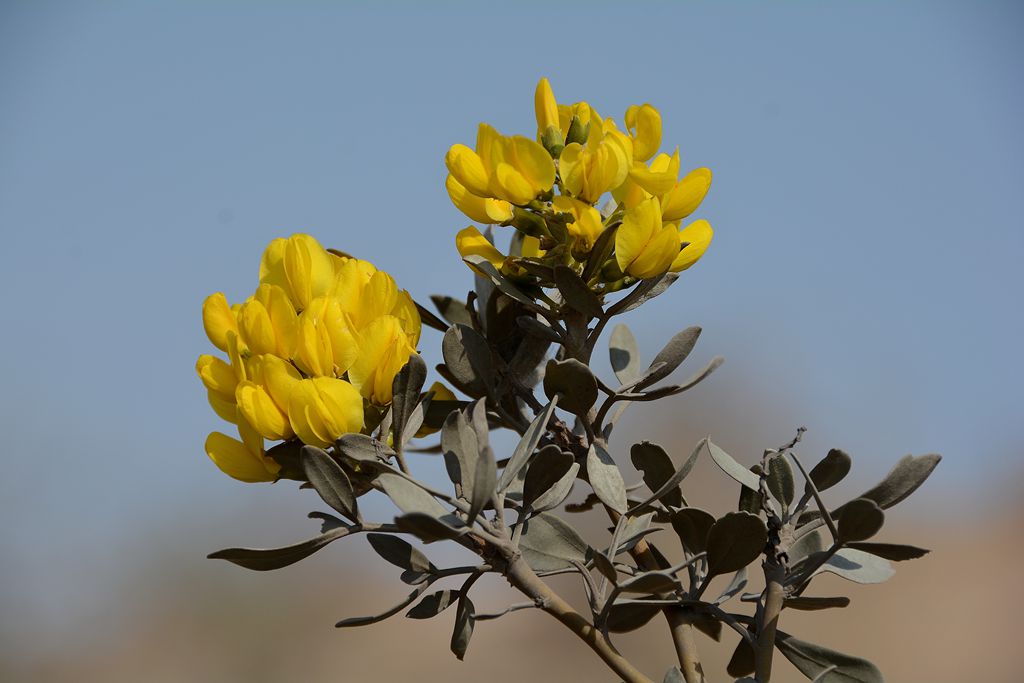- Liliaceae
- Lamiaceae
- Euphorbiaceae
- Leguminosae
- Zingiberaceae
- Chloranthaceae
- Campanulaceae
- Asteraceae
- Acanthaceae
- Orchidaceae
- Polygonaceae
- Ranunculaceae
- Vitaceae
- Rubiaceae
- Solanaceae
- Thymelaeaceae
- Saururaceae
- Moraceae
- Polypodiaceae
- Myrtaceae
- Araceae
- Adiantaceae
- Schisandraceae
- Amaranthaceae
- Berberidaceae
- Araliaceae
- Taxaceae
- Cucurbitaceae
- Apiaceae
- Guttiferae
- Scrophulariaceae
- Papilionaceae
- Caprifoliaceae
- Elaeagnaceae
- Apocynaceae
- Brassicaceae
- Papaveraceae
- Gentianaceae
- Paeoniaceae
- Lauraceae
- Punicaceae
- Nyssaceae
- Ephedraceae
- Gnetaceae
- Polygalaceae
- Violaceae
- Ginkgoaceae
- Cupressaceae
- Dipsacaceae
- Eucommiaceae
- Juglandaceae
- Dryopteridaceae
- Rosaceae
- Huperziaceae
- Caryophyllaceae
- Rhamnaceae

Astragalus membranaceus
- Introduction
- Download
Blast
Astragalus membranaceus Bge. var. mongolicus (Bge.) Hsiao (A. mongolicus) is a traditional Chinese herb that has successfully evolved in arid and semi-arid environments. At present, it is primarily cultivated on a large scale by farmers in the northern and northwestern regions of China due to the shortage of wild resources. Understanding the herb resistance to drought stress has contributed to guiding planting and optimising the yield.
Year: 2016
Institution:
College of Life Science, The Good Agriculture Practice Engineering Technology Research Center of Chinese and Mongolian Medicine, Inner
Mongolia University, Hohhot 010021, China
Material: Huhhot, China
Download:
http://www.herbal-genome.cn/index.php?m=content&c=index&a=show&catid=100&id=126

Platycladus orientalis
- Introduction
- Download
Blast
Callerya speciosa (Champ.) ScHot is a woody perennial plant in Fabaceae and distributed over South China and Southeast Asia. Its roots have long been used for food and as a traditional medicinal herb, with properties of toxin removal, heat clearance from the lungs to relieve cough, liver purging and kidney invigoration.
Year: 2016
Institution: Institute of Tropical Crop Genetic Resources, Chinese Academy of Tropical Agricultural Sciences, Danzhou 571737, Hainan, China.
Material: Beijing, China
Download: http://www.herbal-genome.cn/index.php?m=content&c=index&a=show&catid=100&id=125

Ammopipanthus mongolicus
- Introduction
- Download
Blast
Ammopipanthus mongolicus, the only genus with evergreen broadleaf habit in the desert and arid regions of Mid-Asia, including Northern China, plays a critical role in maintaining desert ecosystems and delaying further desertification. Also it can be used as medicine.
Year:2012
Institution:College of Life and Environmental Sciences, Minzu University of China
Biotechnology Research Institute, Chinese Academy of Agricultural Sciences
Material: Ningxia, China
Data link: http://www.herbal-genome.cn/index.php?m=content&c=index&a=show&catid=100&id=87